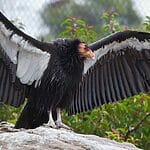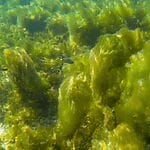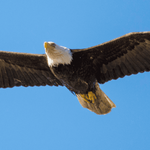Have you ever wondered what animals live in the Grand Canyon and which species call it home?

We take a look at the different groups of animals that live in this beautiful and iconic part of the United States and what role they play in its ecosystem.
Birds

The Grand Canyon has been designated a Globally Important Bird Area and has over 447 species of bird that call it home.
It is a refuge for some of the rarest birds in the world including the California Condor, Yuma Clapper Rail, Mexican Spotted Owl, Western Yellow-Billed Cuckoo and the Southwestern Willow Flycatcher.
Some of the most commonly observed wildlife in the Grand Canyon are the birds of prey.
Ranging from the Northern Pygmy Owl which has a wingspan of 15 inches to the magnificent California Condor with an impressive 9 and half feet wingspan.
For 277 miles the Colorado River runs through the Grand Canyon giving rise to miles of tributaries and streams.
This riparian network provides food sources and habitats for many birds including the Lesser Scaup, American Dipper and the iconic Belted Kingfisher.
One of the most boisterous and intelligent species found here is the Common Raven.
Jays are another member of the Corvid family that live in the Grand Canyon alongside songbirds such as the Canyon Wren.
Mammals
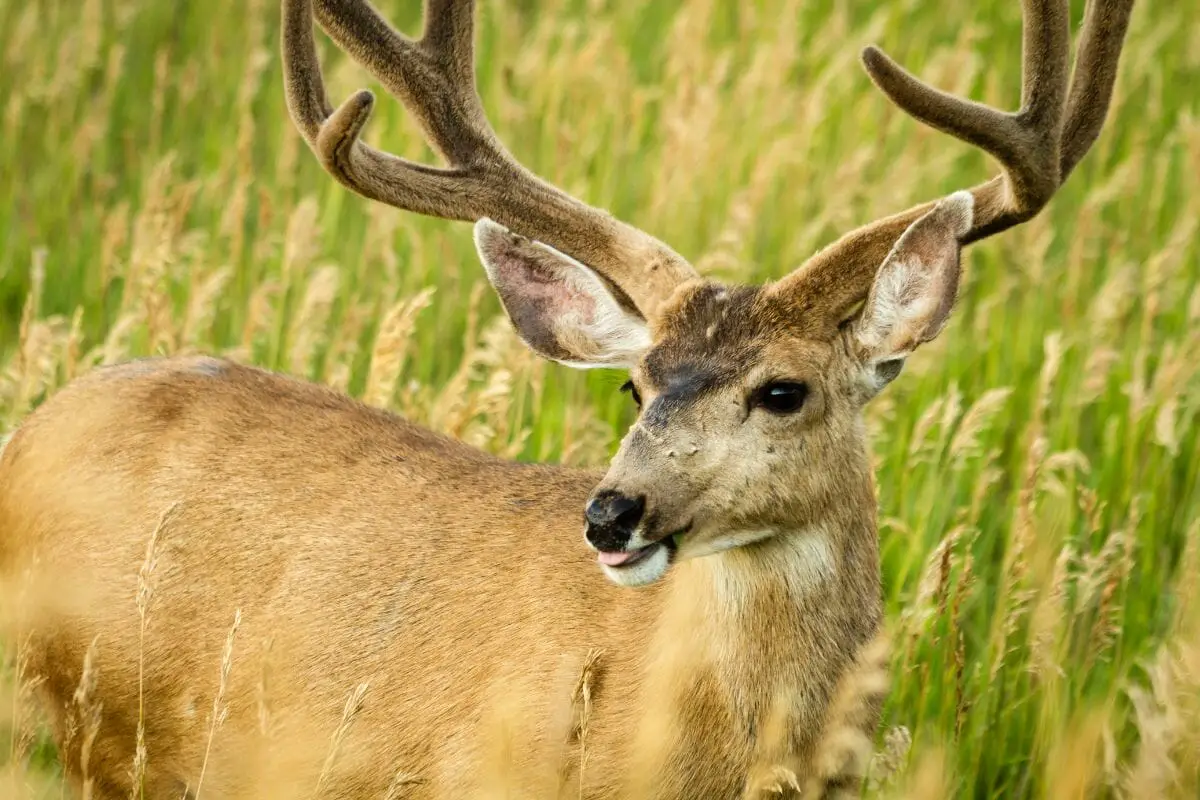
While you are likely to see many of the birds that live in the Grand Canyon some mammal residents may be a bit more shy.
There are over 90 species of mammal living here including foxes, squirrels, sheep, bats and deer.
One of the largest native mammals living in the Grand Canyon is the Bighorn Sheep. Males can weigh up to an incredible 300 pounds.
Only the Elk and Bison are bigger, but they are introduced species to this area. Bison can weigh over 2000 pounds and are found on the Northern rim of the Canyon.
Mule deer are one of the most commonly spotted mammals and their large ears make them instantly recognizable. They live on the grassy and forested areas of the North rim.
The largest predator living in the Grand Canyon is the mountain lion. Having said that, you are unlikely to see one as they tend to blend in with the environment and rarely approach people.
They live throughout the Canyon but seem to like the banks of the Colorado River.
Coyotes are a common sight here both in the Canyon and on the rims, they are highly adaptable creatures and will scavenge for food near human activity.
Grand Canyon National Park is also home to 22 species of bats, one of the highest diversities in the United States.
Reptiles
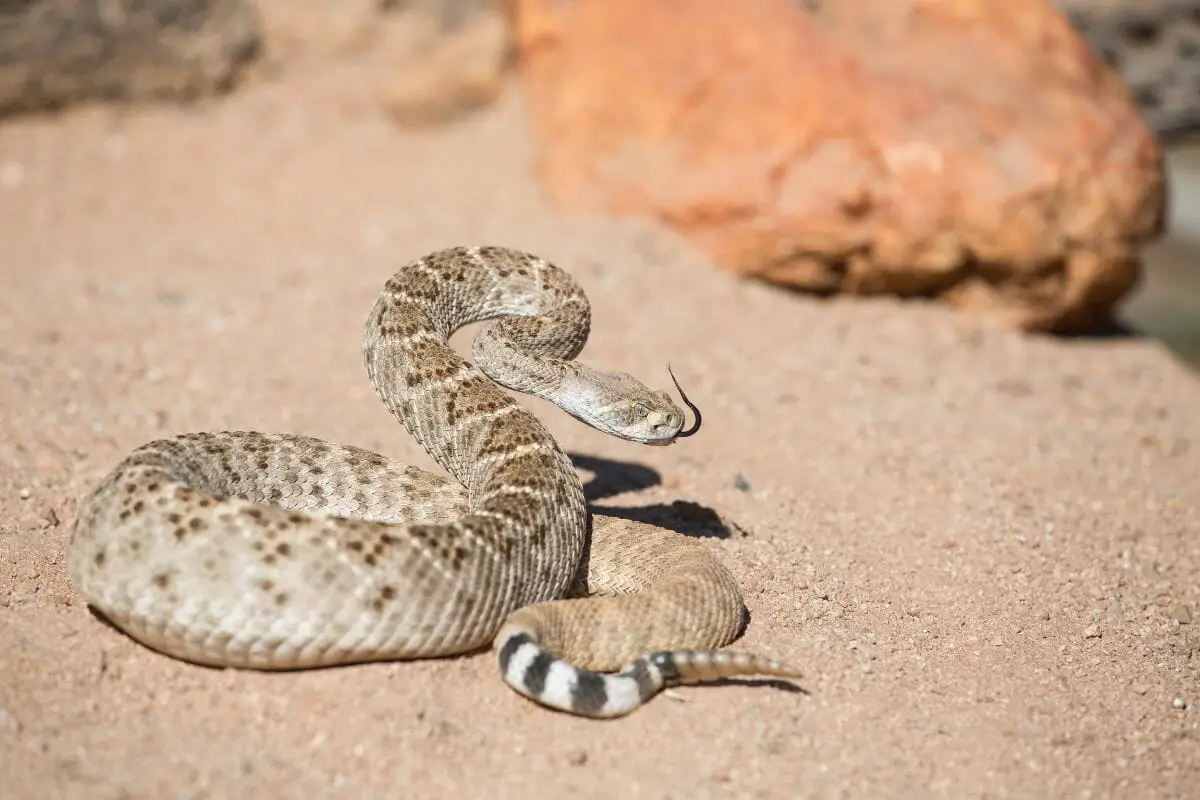
Over 40 species of reptiles live in the Grand Canyon from the pine forests to the edge of the Colorado River.
There are 22 types of snake, 18 species of lizard and a tortoise species that is quite elusive, the Desert Tortoise.
The reptiles’ role of predator and prey in the Canyon is an essential part of its ecosystem. Raptors and mammals feed on the reptiles and the reptiles feed on the insects and rodents.
Some are unique to the area such as the Grand Canyon rattlesnake which is found nowhere else in the world.
Of the 22 species of snake living here there are 6 which are highly venomous, all of them rattlesnakes.
There is also one venomous lizard, the Gila Monster, the only venomous lizard in the United States. It lives in the desert areas at the far western edge of the National Park.
There are other mildly venomous snakes in the Grand Canyon, including the ominously named Desert Nightsnake and the Sonoran Lyre snake.
Most of the reptiles blend in with their surroundings and are not obviously visible to visitors.
Amphibians

Eight species of amphibians live in the Grand Canyon, 4 species of toads, 2 types of frogs and 2 species of salamanders.
Like reptiles, amphibians have a role to play as both predator and prey in the balance of this ecosystem.
They feed on invertebrates and vertebrates but also provide a source of food for reptiles, mammals and birds.
The frogs that live here are the Canyon Tree Frog and the Northern Leopard Frog with its distinctive spots giving it its name.
These particular frogs have undergone serious decline in recent years.
Amphibians are particularly sensitive to environmental change and their decline is one of the first indicators that the balance of an ecosystem has been disrupted.
Toad species in the Grand Canyon include the Red-Spotted Toad and Woodhouse Toad.
The Tiger Salamander is one of the most wide ranging species of salamander and is found all over North America including here in the Grand Canyon.
Insects, Spiders & Others

The largest group of inhabitants of the Grand Canyon are the invertebrates such as insects and spiders. So far more than 1,440 species have been identified within the National Park.
While humans regard insects and spiders as pests they play a fundamental role in the ecosystem here and around the world.
Ironically one of the most venomous residents in the Grand Canyon is only two and a half inches long, the Bark Scorpion.
The largest spider in the world, the Tarantula also calls the Grand Canyon home.
Meanwhile the Tarantula Hawk hunts these massive spiders to feed their larvae, and no it’s not a bird of prey, it’s actually one of the largest wasps in the world.
There are 292 documented species of butterflies and moths here including the rare Kaibab Swallowtail butterfly. These pollinators are vital to the National Park’s ecosystem.
Final Thoughts
The Grand Canyon is a hugely important animal habitat and is a sanctuary and refuge for many species.
Although it is a major tourist attraction we need to respect the fact that it is also home to a large and diverse group of mammals, birds, reptiles and insects which are essential for its survival as a balanced ecosystem.
- 12 Interesting Animals in Dominican Republic - 2024-05-02
- 8 Common Dangerous Animals in Yosemite - 2024-05-01
- 11 Interesting Animals in the Midwest - 2024-05-01



